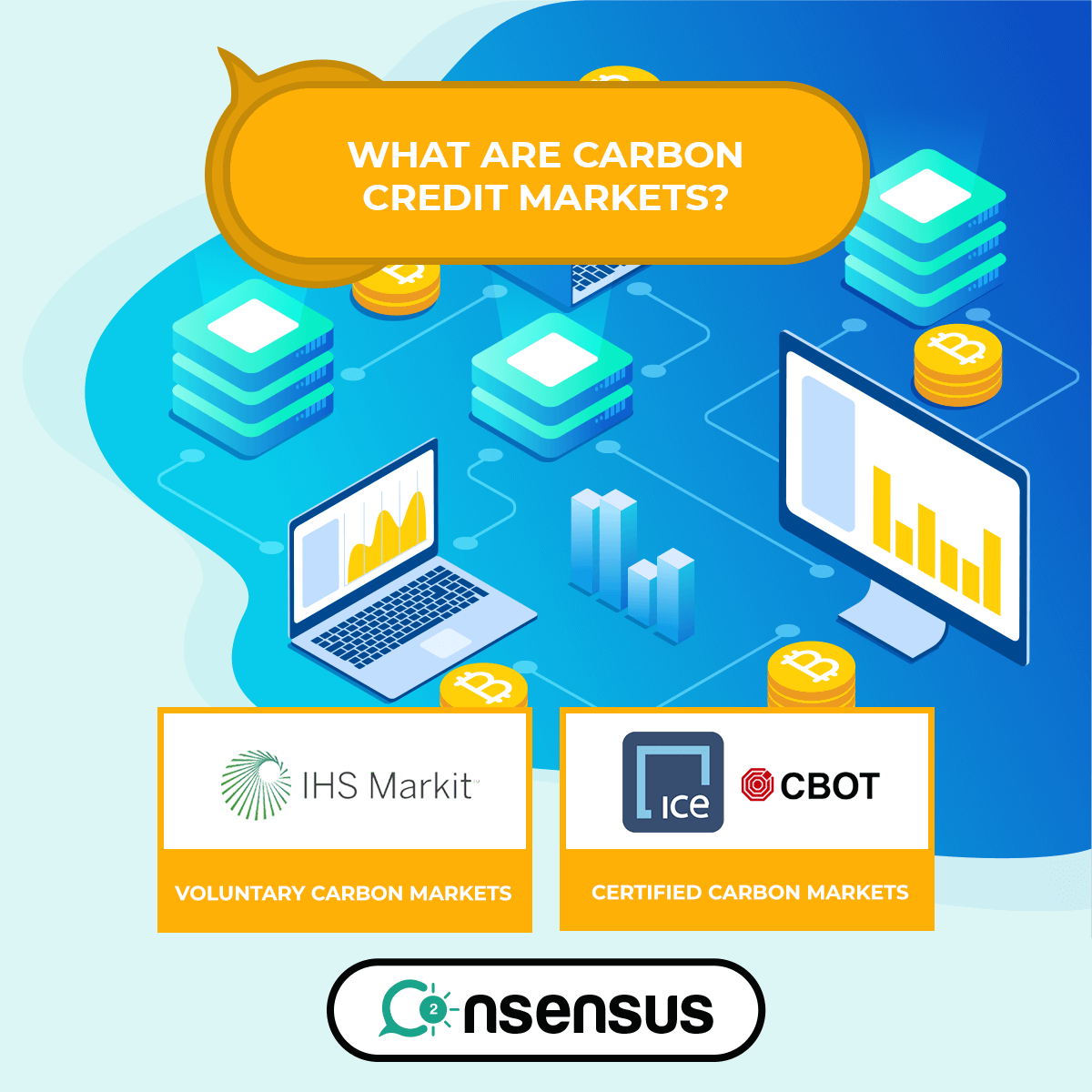Carbon credits are becoming ubiquitous with each passing day.
However, with all the talk about carbon credits and how they’re catalyzing the ecological revolution, it’s easy to get lost among the jargon and hence, more difficult to decide where (and if) to invest your hard-earned money.
Hence, today, we’ll explain what carbon credit markets are, and how they work.
Carbon Credit Markets: The Need for a Carbon-Neutral Future
With a number of ecologically destructive activities slowly causing climate change, limiting the exponential increase in emissions was long overdue. Hence, the concept of emissions trading or carbon trading came into the picture. This gave rise to the carbon credit market as a whole.
There were two economy-driven solutions proposed to the problem of increasing carbon emissions – the first was the carbon credit market which we are discussing today. The other is a carbon tax on emissions producing units. This alternative is seen more as a penalty than an investment opportunity, and hence isn’t nearly as accessible as the carbon market is.
Defining Carbon Credit Markets
What, then, is a carbon credit market? The most intuitive explanation is that it’s similar to the stock market, but the quantity being traded is a carbon credit. A carbon credit can be most easily understood to be a certificate by a standardizing agency which represents a guarantee of decreased carbon emissions.
The role of trading in the carbon credit market is to enable entities which reduce emissions more economically to be paid in monetary terms by high-emission emitters who can’t reduce their emissions on their own. Thus, a major hurdle in controlling the total carbon output of entire industries is no longer present.
Types of Carbon Credit Markets
Broadly speaking, there are two types of carbon markets. They are voluntary carbon markets and cap-and-trade carbon credit markets.
Cap-and-trade carbon markets are those which have mandatory upper limits (“caps”) on the carbon emission a single unit can produce. Those units which go beyond this limit are either mandated to pay fines or purchase an equivalent number of carbon credits to go back below their caps again.
Voluntary carbon credit markets are those which do not have any mandates, but are still existent because of people’s own willingness to invest in carbon credits. Examples of such include crowdfunded projects which offer carbon credits from around $5-$13 per metric ton of CO2, that is the standard method of measuring carbon credits.
Cap-and-trade Markets and Compliance
There are certain areas such as California and the EU where all companies are required to offset their carbon footprint by law. The cap and trade market is by far the most economical way for these companies to move towards carbon neutrality. The idea is that as the cap on carbon emissions decreases every year, total pollution decreases as well.
The allowed methods of going beyond permitted carbon levels are carbon credits as well as special permits (say for a fixed number of metric tonnes of CO2 per annum).
Voluntary Carbon Markets: Explained
On the other hand, with no law mandating regular citizens to figure out ways to reduce their own carbon footprint, one would think the voluntary carbon credit market is small.
This couldn’t be farther from the truth, since the voluntary market is steadily growing to be bigger than even the compliance market. People and companies who are willing to take responsibility for their actions which add to emissions are now investing in units which lead them to complete carbon neutrality one day.
Further, we get to see an example of economies of scale here. While not as large as cap-and-trade markets today, they are more flexible in terms of the methods they use, the terms of financing as well as monitoring of carbon emissions. You should strongly consider investing because emissions are at an all time high.
Putting It All Together
Every carbon credit bought holds immense value for anyone buying them, as well as the environment as a whole. It doesn’t matter whether the buyer is a school teacher purchasing a few credits to adjust for their air trip or a conglomerate investing hundreds of thousands to offset the damage being done by their manufacturing practices.
The bottom line remains the same any way you look at it – the carbon credit market is only present to protect the environment and promote more environmentally friendly methods of achieving common goals.
Renewable energy and reforestation, providing clean electricity to poverty-stricken areas at cheap rates, are some of the goals achieved by companies in this way. Manufacturing energy using waste is another such example. Hence, if you’re considering investing in the carbon credit market, you should do it quickly – the future of our environment may be at stake.
